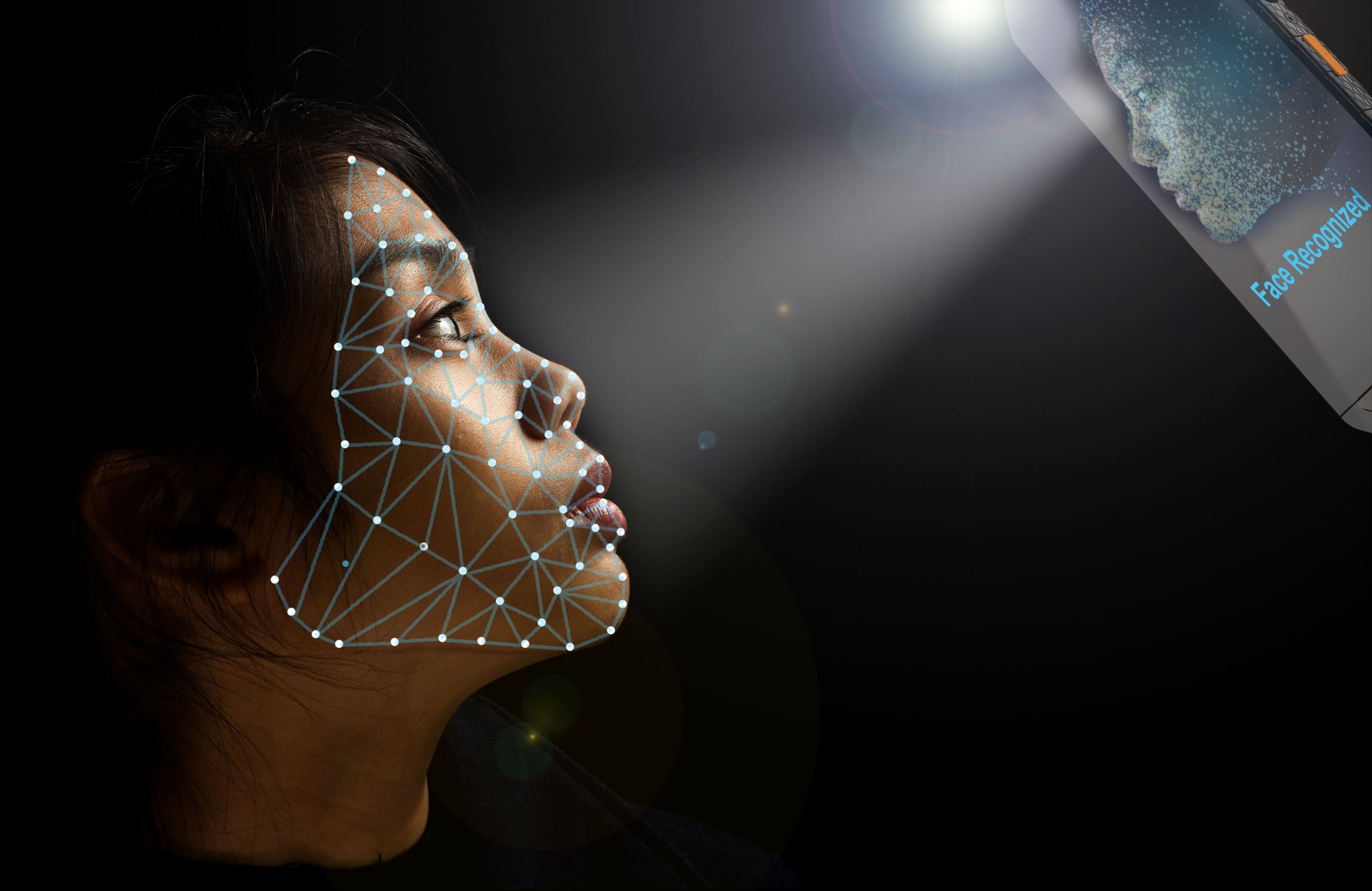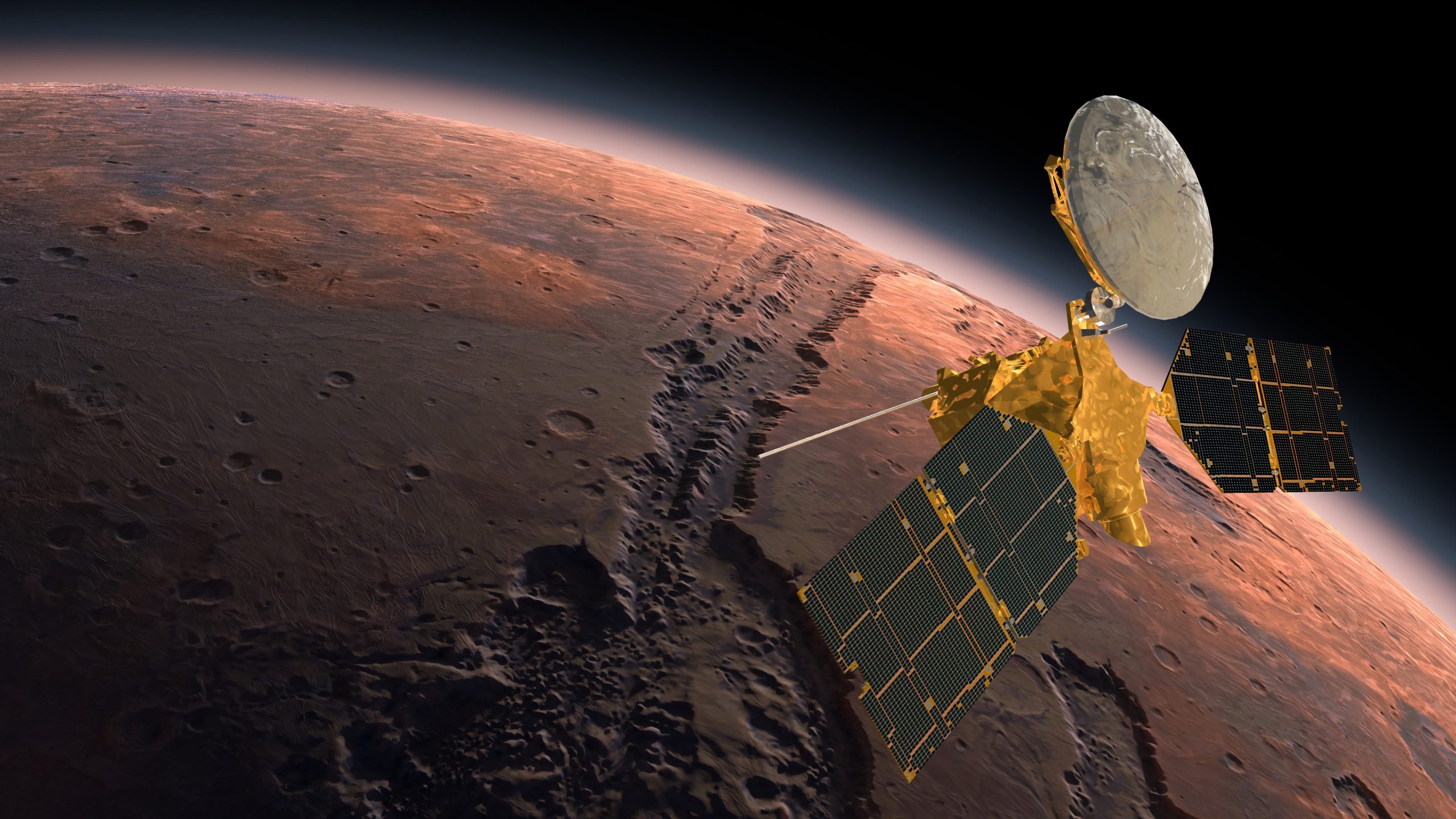The Role of AI in Space Exploration
Artificial intelligence is already making our lives simpler on Earth, but what about beyond the borders of our planet? Can AI be of use on space missions and for space exploration in general? Today, many companies, such as NASA and Google, have already implemented AI to search for new celestial bodies, life on other planets and even streamlining the jobs of astronauts when they are in space. Let’s take a look at the AI technology that is facilitating space exploration.

Personal Assistants in Space
Movie fans will remember the film Interstellar where robot assistants Tars and Case assisted Joseph Cooper (Matthew McCauneghey) and his team of researchers who were tasked with finding life on other planets. Interestingly enough, IBM, in partnership with German space agency DLR and Airbus created the Crew Interactive Mobile Companion, or CIMON for short. CIMON is a spherical robot AI robot that can converse with astronauts at the International Space Station. There are a number of ways such technology can be useful. When astronauts set out on a long duration mission, they encounter communication delays preventing mission control to provide immediate support in case of emergencies and in day-to-day mission related activities.
CIMON will help eliminate these issues by acting as a personal assistant by finding all of the information for the astronauts faster. For example, let’s say that an astronaut is working on a project at the ISS and they have a question about the project. This would mean that they need to stop what they are doing, float over to a laptop, find the information and then get back to the experiment station. CIMON eliminates all of this work by finding this information for the astronauts. Just you would ask Siri or Alexa a question and it would provide you with an answer, the same is true for CIMON.
In addition to being able to understand human speech, CIRI is also equipped with facial recognition technology which allows for more personal interaction. Such technology requires human data annotators to place key points along training dataset images so the system can recognize all of the features of human faces. Also, since CIRI is able to move around via twelve internal fans allow CIMON to move and rotate freely in all directions. This is done through LiDAR technology which allows the robot to understand its surroundings and requires some data annotation as well.
Processing Satellite Images
The amount of data produced by Earth satellites is simply enormous. For example, Maxar Technologies, a space technology company headquartered in Westminster, Colorado, has over 110 petabytes in its library of images, and adds more than 80 TB of data per day. Tapping into data center services is key for planet and other satellite startups. AI technologies are already being used to spot things like black holes and radio galaxies. AI tools are used to analyze data taken from the Gaia space telescope to discover new stars that could better explain the origin of our galaxy. Before AI and machine learning techniques were used to study the data, scientists would only identify about 100 stars. However, thanks to the new AI technology, this number has increased to 2,000 protostars.
Spacial telescopes also produce lots of images of the Earth, which are useful for obtaining information about weather conditions, form up-to-date online maps, and lots of other data. Satellite imagery of our planet alone offers an endless number of possibilities for using artificial intelligence. Without AI algorithms, people would have to process data on their own, which would make the information less accurate. In addition, to obtain data within a stationary institution, it is necessary to maintain continuous contact with the satellite, which is practically impossible due to the constant movement of the apparatus in orbit. The use of artificial intelligence directly on board the satellite removes this requirement of additional communication between ground and space stations.
The power of machine learning algorithms lies in their ability to study millions of images in a matter of moments, registering any changes on the fly, for example, in the movement of atmospheric fronts. In addition, unlike humans, artificial intelligence does not require any rest, and is also not prone to errors associated with the loss of concentration and attentiveness. This is especially important when tracking natural disasters. By automating various processes with the help of AI, the satellite will independently start taking images if the sensors register the certain signals, such as critical differences in pressure or temperature of air streams. In addition, such satellites can be part of disaster warning systems: thanks to AI algorithms, they can calculate the likelihood of a phenomenon, as well as the path of its development and consequences.
The Role of AI in the Development of Satellites and Spacecraft
Satellites and spaceships are incredibly difficult to manufacture. The manufacturing process involves many repetitive operations that require high precision. In addition, most of them should be performed in isolated rooms to avoid potential contamination of the elements of the future apparatus by microscopic life forms. According to NASA, many of them successfully survive in clean rooms, feeding on cleaning agents, and even in space. Biological pollution of the Moon, Mars and other cosmic bodies can distort research data on alien life.
This is why, recently, when assembling spacecraft, companies started using systems based on artificial intelligence algorithms in order to minimize contact with people. In addition to eliminating the likelihood of biological contamination, the use of artificial intelligence can significantly speed up production processes. In addition, AI systems regularly evaluate the performance of operations, the results of which help to optimize a lot of processes. Eliminating the human factor is equally important to increase productivity in production. Collaborative robots or “cobots” used on assembly lines take over the most time consuming and error prone operations.

Conducting System Monitoring
Like any other complex systems, satellites and spacecraft require a lot of system monitoring. The list of potential problems spans a myriad of options, starting with the most predictable to the most improbable, from minor malfunctions to collisions with other objects in orbit. To monitor the state of artificial satellites, scientists use AI systems that continuously monitor the performance of all kinds of sensors. Such systems can not only notify ground control about any problems, but also solve them independently. For example, SpaceX has equipped its satellites with a system of sensors and mechanisms that can track the position of the device and adjust it to avoid collisions with other objects.
Artificial intelligence is also being used to navigate spacecraft, probes and even rovers. According to experts, the technology used to control these devices is very similar to the systems that ensure the movement of autonomous vehicles. Outside of our planet, artificial intelligence also relies on combined data from a system of sensors and maps to track various parameters.
The High Demand for AI Products Has Increased Demand for Data Annotation
While all AI technologies require training datasets, the machines cannot learn from raw data in its original form. This is why raw datasets need to be prepared with various data annotation methods. Since this is a very time-consuming process, companies developing AI products often outsource this work to third party service providers who can annotate millions of images and videos, like Mindy Support.
Some challenges that companies encounter at this stage include finding all of the data annotators they need to do all of the work. There also needs to be some sort of QA process that ensures that all of the work is done correctly and on time. We also need to remember that the data annotators need to get some training in terms of what they actually need to do and how to use a particular software. Usually, the company providing the data annotation services will be able to resolve these problems, which is one of the benefits of hiring such service providers.
AI Will Continue to Play a Big Role in Space Exploration
Our desire to further explore the final frontier seems to be growing. In fact, we are already noticing possible increases in NASA budget, as requested by the White House, to fund their Artemis program, which seeks to return humans to the moon by 2024. A lot of the AI technologies we described above will be used and many more will be developed over the next couple of years to assist this mission and many more.





